Legendary bodybuilder Rich Piana launched 5% Nutrition to bring his "whatever it takes" attitude from the gym into the sports supplements industry. Rich's work had already earned him a place in the pantheon of elite achievers in the fitness space; it would also make 5% Nutrition into an industry powerhouse nearly overnight.
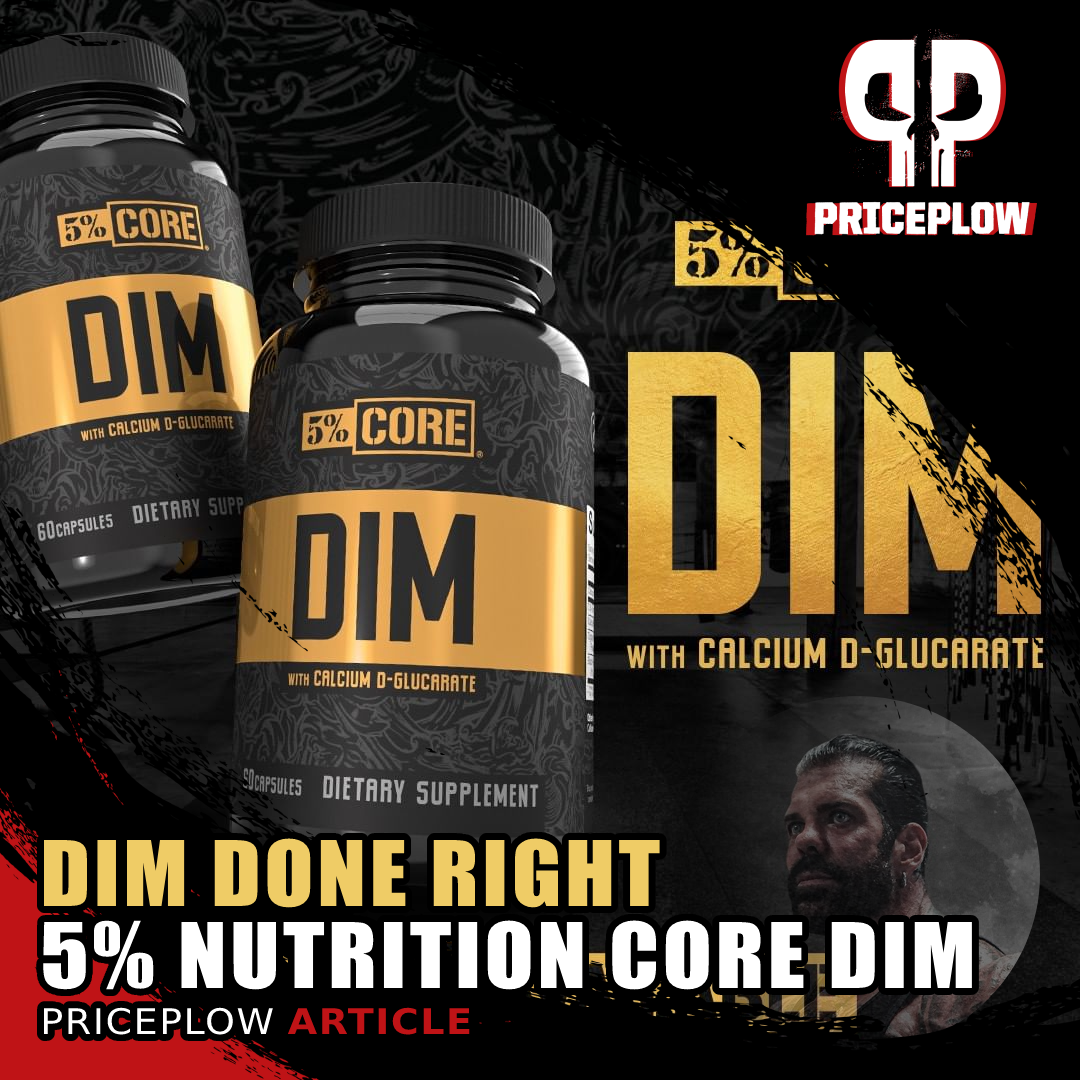
DIM DONE RIGHT! See how 5% Nutrition formulated their "Core DIM", which has more than just 3,3′-Diindolylmethane inside!
Offering an array of effective and well-rounded formulas — Kill It Reloaded, All Day You May, and Shred Time — are just a few of the company's most popular products. On the hormonal front, we've recently covered Rich Piana's Liver & Organ Defender (on-cycle support) as well as Post Gear (PCT adjunct). However, the team recently expanded their catalog further, and have done so in an interesting way — by going back to the basics.
The 5% Core Line: more than single-ingredient supplements
The 5% Core Line is part of the lineup of products that are primarily used as "building block" ingredients. "Core series" are common in the supplement industry — oftentimes, these are single-ingredient formulas that work in conjunction with a brand's more complex products. But 5% Nutrition's Core Line is different. Instead of containing just one ingredient, they augment that primary component with a few other additions. This yields a more effective variant — something more than ordinary, going beyond single ingredient supplements. And it still embodies the principles 5% Nutrition is built on.
Core DIM takes plain DIM to new heights
Each of the products currently part of the 5% Core Line targets a specific need. Core DIM helps with hormonal balance. This product, of course, features DIM (3,3′-diindolylmethane) — a compound that regulates estrogen balance — but also has three additional ingredients that are relevant to its purpose. Keeping hormones balanced can have a widespread effect on one's health, making Core DIM a very inclusive formula for both men and women alike.
In this post, we'll get into Core DIM and all it could potentially help with. But first, make sure you're caught up with PricePlow news and deal alerts below:
Rich Piana 5% Nutrition Core DIM – Deals and Price Drop Alerts
Get Price Alerts
No spam, no scams.
Disclosure: PricePlow relies on pricing from stores with which we have a business relationship. We work hard to keep pricing current, but you may find a better offer.
Posts are sponsored in part by the retailers and/or brands listed on this page.
Why testosterone-estrogen balance matters
In sports supplements, hormones are most often discussed in the context of testosterone boosters. The body has two primary sex hormones — testosterone and estrogen. Testosterone is produced in larger amounts in males and is central to sex organ function, hair growth, and muscle mass.[1] Improvement in any of these areas is often of interest to consumers considering testosterone boosters, particularly for those with low natural testosterone production.
However, it's not quite as simple as "boost testosterone at all costs". As with most things, there's a point of diminishing returns. In fact, chasing elevated testosterone levels too aggressively or incorrectly can be extremely problematic.[1] The body converts excess testosterone into estrogen primarily via aromatase — this enzyme turns testosterone into estradiol and androstenedione to estrone.[2] Males and females both rely on estrogen for numerous bodily processes, so this conversion in and of itself isn't necessary bad. But, for optimal health, users must strike a balance between testosterone and estrogen.[3]
When used responsibly and in the right situation, testosterone boosters can be a useful tool in your toolbox. Similarly, having easy access to a formula that promotes testosterone and estrogen balance can be just as helpful — both for those on/coming off of testosterone boosters and individuals on-cycle/coming off-cycle. Based on the research we've covered, DIM seems to be one of the better, more reliable options for achieving that balance.
Core DIM Ingredients
-
3,3'-Diindolylmethane (DIM) — 325mg
Better known as DIM, 3,3' Diindolylmethane is a plant indole contained in cruciferous vegetables like broccoli, cauliflower, kale, and cabbage.[4] It's a derivative of indole-3-carbinol (IC3), which, thanks to its structural instability and interaction with the digestive system, yields DIM (among other ingredients) very quickly after consumption.[5,6] Cruciferous vegetables offer a large spread of health benefits, and yielding DIM through IC3 conversion is responsible for quite a few of them -- including those pertaining to hormones.
Aromatase inhibitor
Aromatase is a vital enzyme in the body, converting androgens into estrogens. Its central role, however, can potentially become dangerous, especially if its activity begins to create too much estrogen — aromatase overexpression has been linked to various diseases and cancers.[7] DIM has potential as an aromatase inhibitor, having shown in research to decrease enzymatic expression in MCF-7 (estrogen-dependent) breast cancer cell lines.[5]
Though researchers have yet to confirm the precise order of operations by which DIM acts in this manner, they have found other relationships that may contribute to it. Studies show that DIM has an affinity with the aryl hydrocarbon receptor (AhR). The AhR affects various mechanisms, mainly through immunotoxicity modulation, and has a slightly negatively-correlated relationship with estrogen receptors.[7-9] In bonding to AhR, DIM may help block the effects of estrogen.[10]
Shifts the balance toward "good" estrogen
In addition to suppressing aromatization, DIM also favorably tips the balance of estrogen for both men and women.
The body creates three main estrogens — estrone, estradiol, and estriol — with estradiol being the most influential.[11] Upon breakdown, these estrogens create multiple metabolites, including estradiol-2-hydroxylase (EH) and 16-alpha-hydroxyestrone.[11] The ratio of 2-hydroxylated metabolites to 16-hydroxylated metabolites has long been of interest to researchers, with studies classifying the 2-hydroxylated group (which includes EH) as "good" estrogen due to its impact on health.[12,13] Studies suggest that having more "good" estrogen in relation to other metabolites is positively correlated to lean muscle mass and negatively correlated to fat mass.[14]
In 2012, researchers found that DIM modulates CYP activity — CYPs (CYP1A1, CYP1A2, and CYP1B1) are key enzymes in estrogen metabolism.[15] These enzymes control the conversion of estrone to hydroxyestrone, and thus, have a large influence on their individual concentrations in the body.[15] Through its effect on CYP activity, DIM has been shown to increase 2-hydroxylation of estrogen while also decreasing the production of 4-hydroxylated and 16-alpha-hydroxylated estrogens.[15-18]
By increasing the ratio of EH to16-alpha-hydroxyestrone, DIM effectively promotes "good" estrogen production in favor of alternatives. This is why the compound is considered more of an "optimizer" as opposed to strictly a "suppressor" — it doesn't shut off estrogen, but rather enhances it.
DIM hasn't yet shown any serious toxicity, and 5% Nutrition uses that property to their advantage — this formula provides a hefty 325-milligram dose here. That's not an issue, but it is well above the 100 (or maybe 200) milligrams we typically see. We'd recommend considering your hormonal health before jumping in!
But how do you make DIM work even better?
-
Calcium D-Glucarate — 250mg
Calcium D-glucarate is a calcium salt formed in small amounts in the body that facilitates glucuronidation, which is an enzyme-dependent process that effectively removes undesirable substances from the body. It's effectively a detoxification process.[19]. It's also important to note that steroidal hormones (including estrogens) are metabolized through glucuronidation.[20]
Oral administration of calcium D-glucarate has been shown to inhibit beta-glucuronidase, an enzyme involved with glucuronidation that's linked to hormone-dependent cancers.[21] This is primarily because beta-glucuronidase reactivates estrogens, which may result in the reabsorption of free estrogen.[22]
Calcium D-glucarate encourages efficient glucuronidation, but more specifically that of effective estrogen. The 250-milligram dose supplied here amplifies the effects of DIM — while DIM works to keep estrogen production in an optimal place, this salt looks to properly dispose of the estrogen that circulates in the body.
-
Organic Broccoli (Brassica Oleracea L.) Powder (floret & stalk) — 50mg
5% Nutrition Post Gear is a PCT Support Supplement that has a few new things and should bring you a few very fun weeks - even after the cycle's over!
With both DIM and calcium D-glucarate naturally contained in broccoli, the addition of a full-fledged broccoli powder alongside them makes a lot of sense. In fact, research supports the notion that doing so may make these two compounds more effective.
In a clinical trial from 2000, researchers analyzed the ratio of 2-hydroxyesterone to 16-alpha-hydroxyestrone (2:16 ratio) and its relationship to Brassica consumption in postmenopausal women. They found that, when controlling for other dietary factors, eating more vegetables from the brassica family resulted in a significant increase in the 2:16 ratio.[23]
While DIM is likely the driving force behind this result, it's possible that the DIM works synergistically with the other compounds that exist within cruciferous vegetables.
Plus, broccoli is an excellent source of vitamins and minerals. Despite the fact that this formula only contains 50 milligrams of the vegetable, we love seeing brands stuff capsules full of active ingredients rather than fillers like rice flour.
-
Black Pepper (Piper nigrum) Extract (fruit) (BioPerine) — 5mg
In order to maximize the potential of Core DIM, 5% Nutrition tops the formula off with BioPerine, a patented form of black pepper extract. This extract has been clinically shown to enhance the bioavailability of various nutrients, including water-soluble vitamins, fat-soluble vitamins, and amino acids by inhibiting enzymes that break down drugs and certain compounds found in foods.[24]
This formula includes a clinical dose of 5 milligrams, making this inclusion a great way to promote optimal absorption of its estrogen-modulating ingredients.
Dosage and Instructions
Per Rich Piana's website, take two capsules by mouth daily, preferably with a meal. This is generally taken in the morning, although you can split these two capsules into AM/PM dosing if you're already on an AM/PM supplement schedule.
DIM Made for the 5% Lifestyle
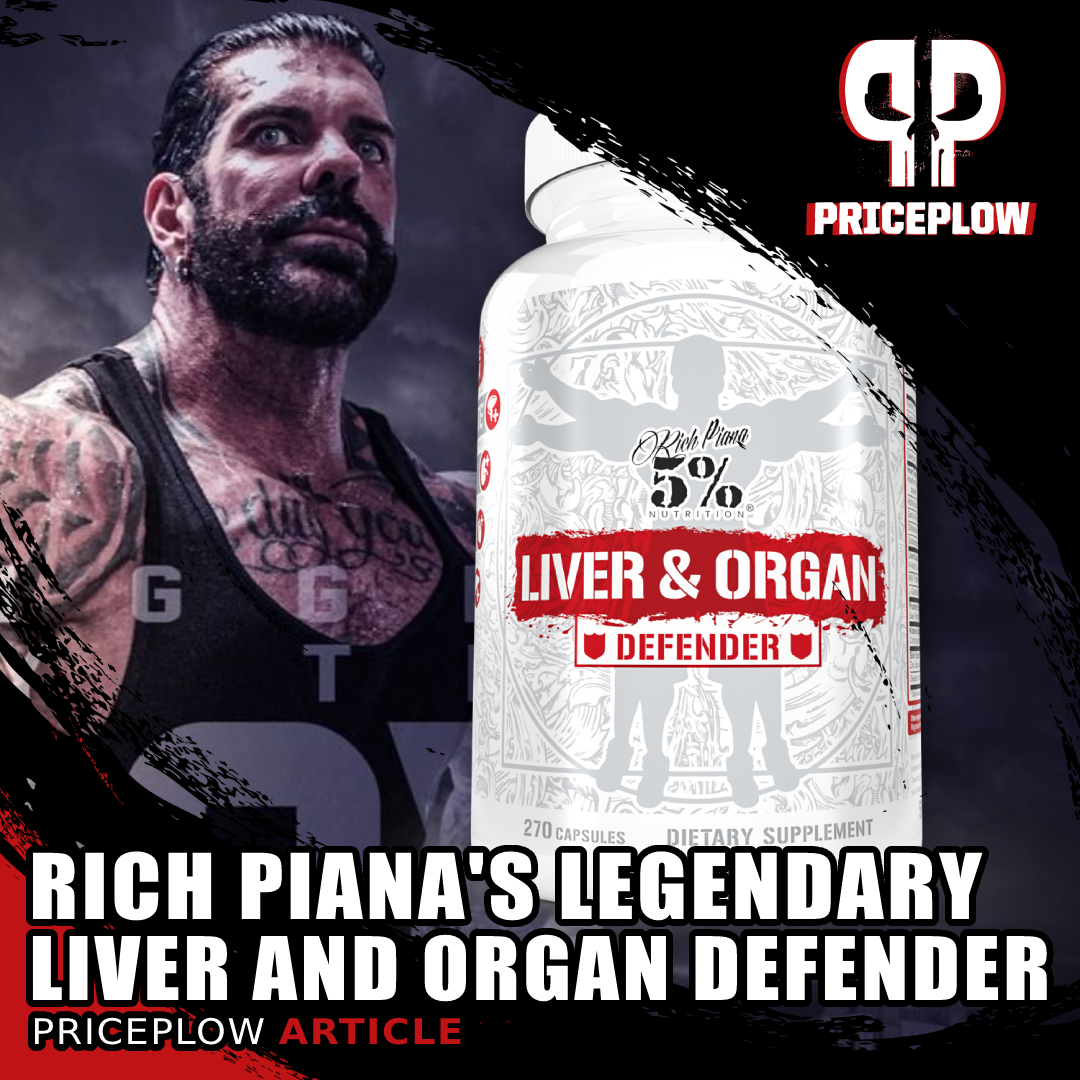
Back before these crazy organ health supplements were everywhere, one man and his company innovated them: Rich Piana and 5% Nutrition with their Liver & Organ Defender. Now it's updated for the white legendary look, and we've updated this article with more research.
Embracing the drive and determination fostered by 5% Nutrition, and being a true 5%'er, is no easy task. It demands total dedication, hard work, and a willingness to "sacrifice what 95% of people wouldn't" to reach your goals. When it comes to your health, training, recovery, nutrition, and supplementation, they must all be dialed in.
5% Nutrition has formulated a large profile of supplements and nutritional products to assist those willing to make those sacrifices. In their nascent Core Line, the brand has multiple offers built to cover the basics, fill in nutritional gaps, and provide supplemental flexibility across multiple areas of health and fitness.
Core DIM takes aim at hormonal health, packing an effective estrogen-balancing compound alongside ingredients that amplify its potential. If you're looking to optimize hormone levels — especially if you're on or coming off-cycle — DIM might be worth a look!
And if you're going to take DIM, you might as well take 5% Nutrition Core DIM -- DIM done right.
Rich Piana 5% Nutrition Core DIM – Deals and Price Drop Alerts
Get Price Alerts
No spam, no scams.
Disclosure: PricePlow relies on pricing from stores with which we have a business relationship. We work hard to keep pricing current, but you may find a better offer.
Posts are sponsored in part by the retailers and/or brands listed on this page.

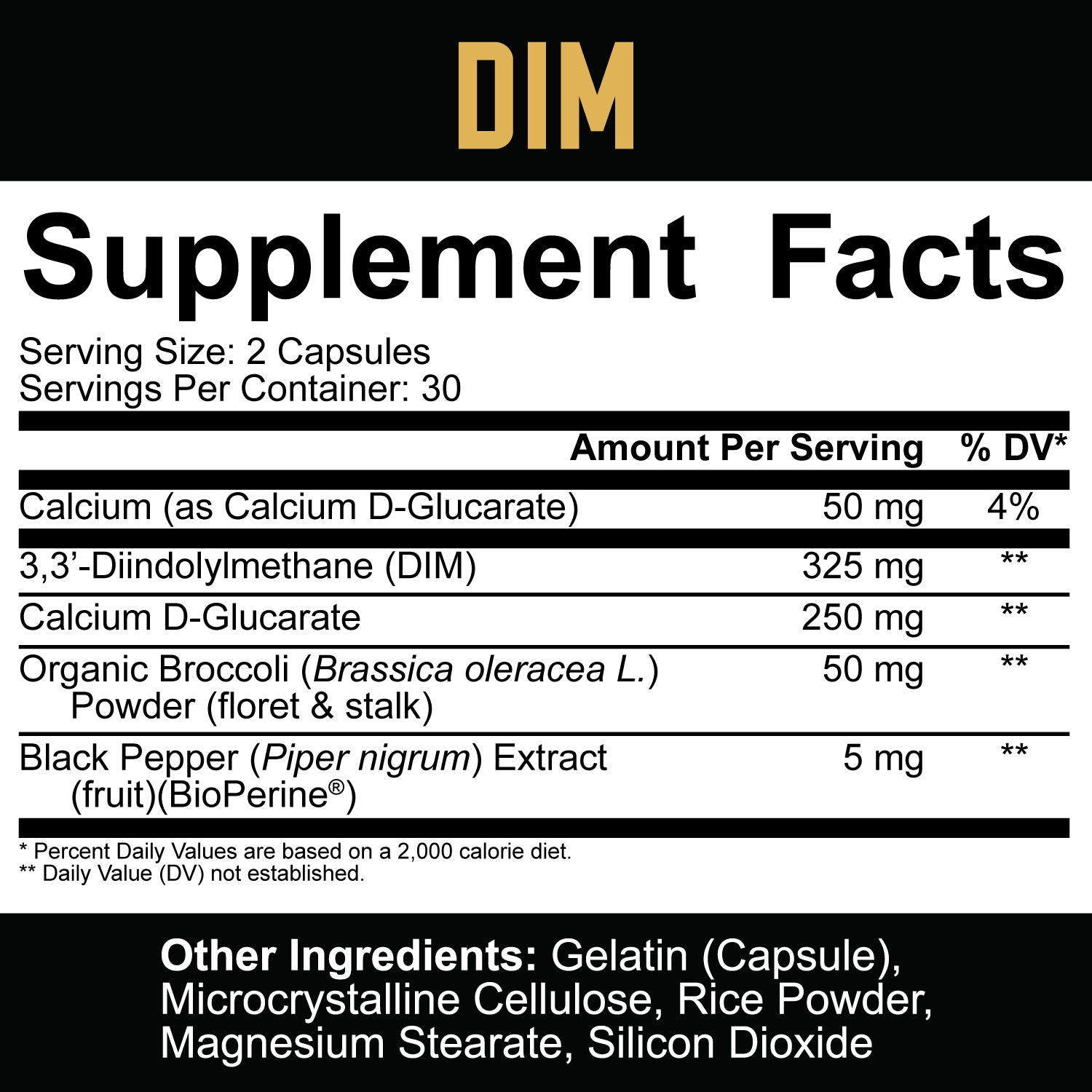
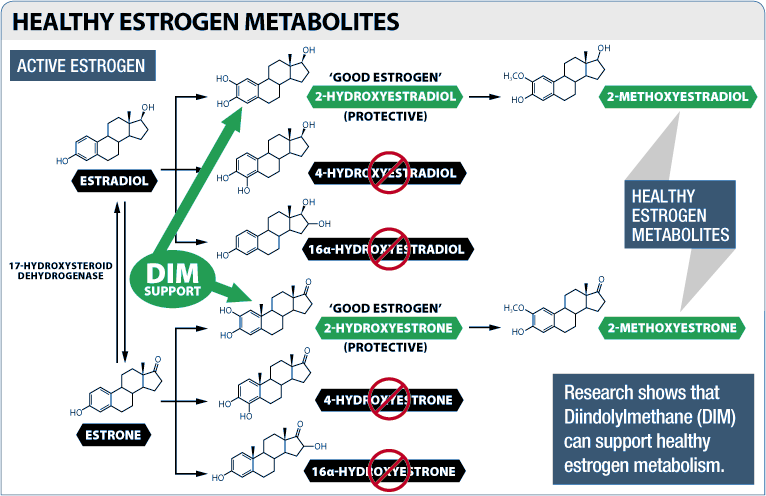
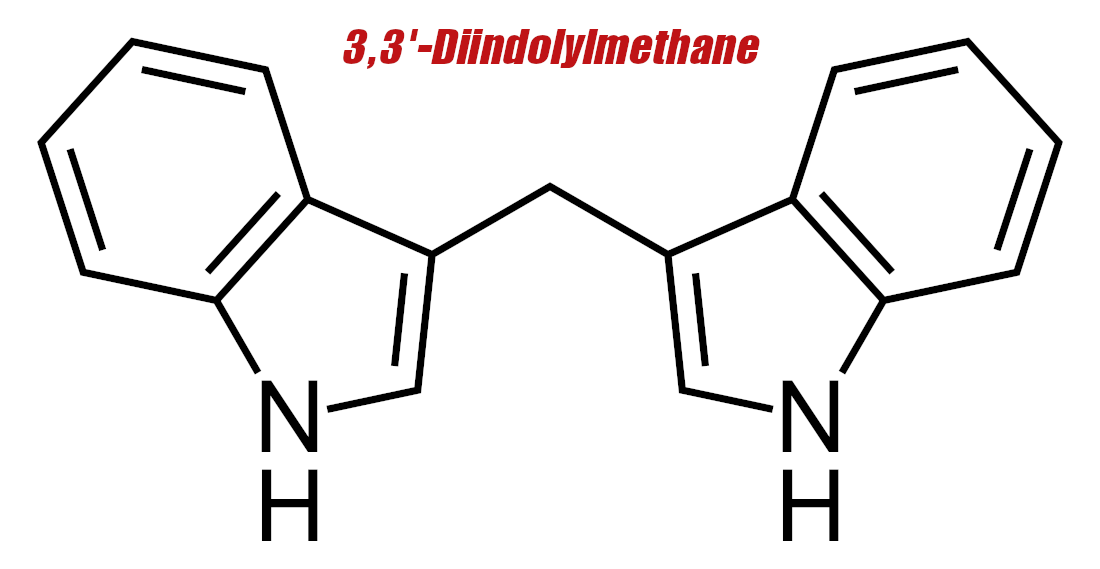
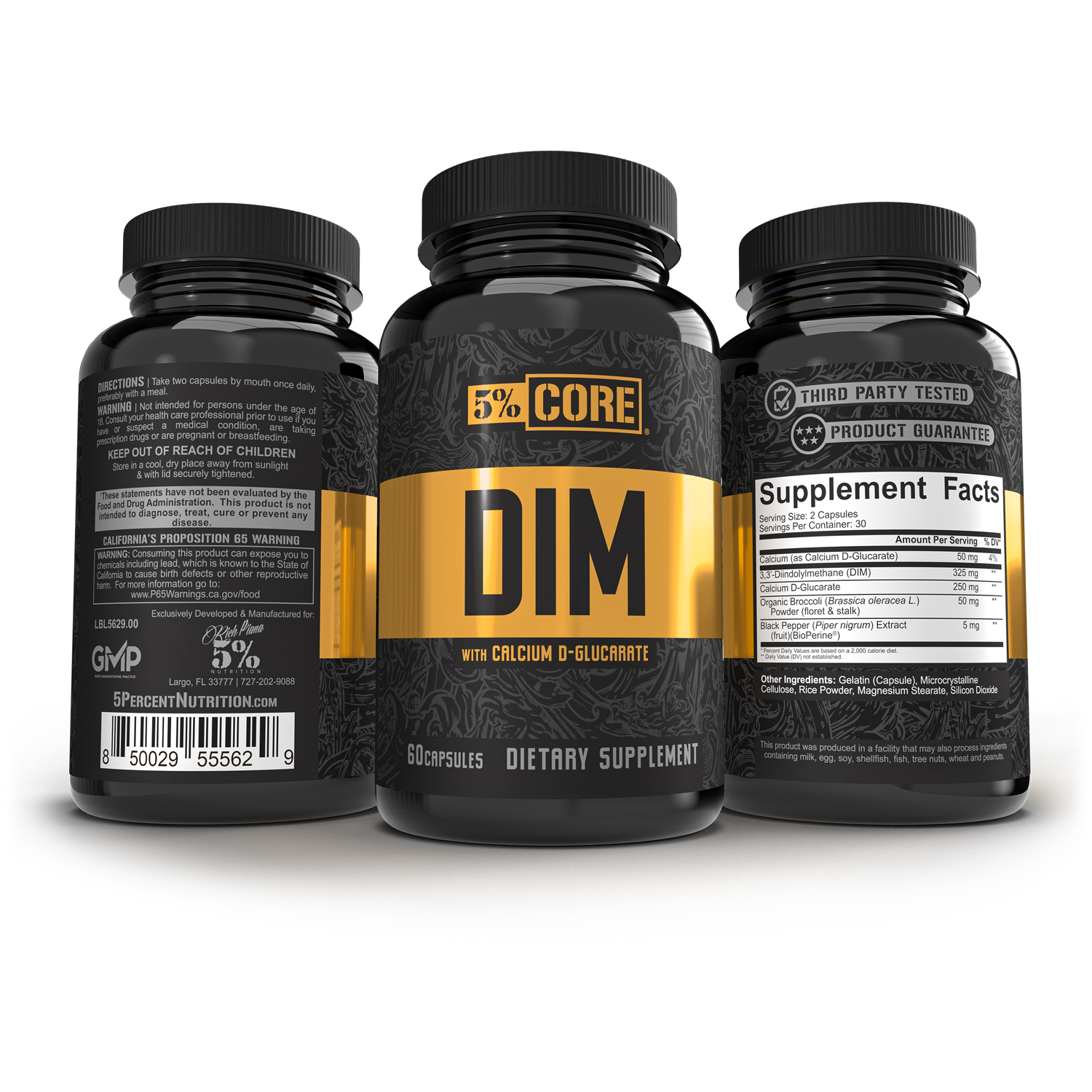
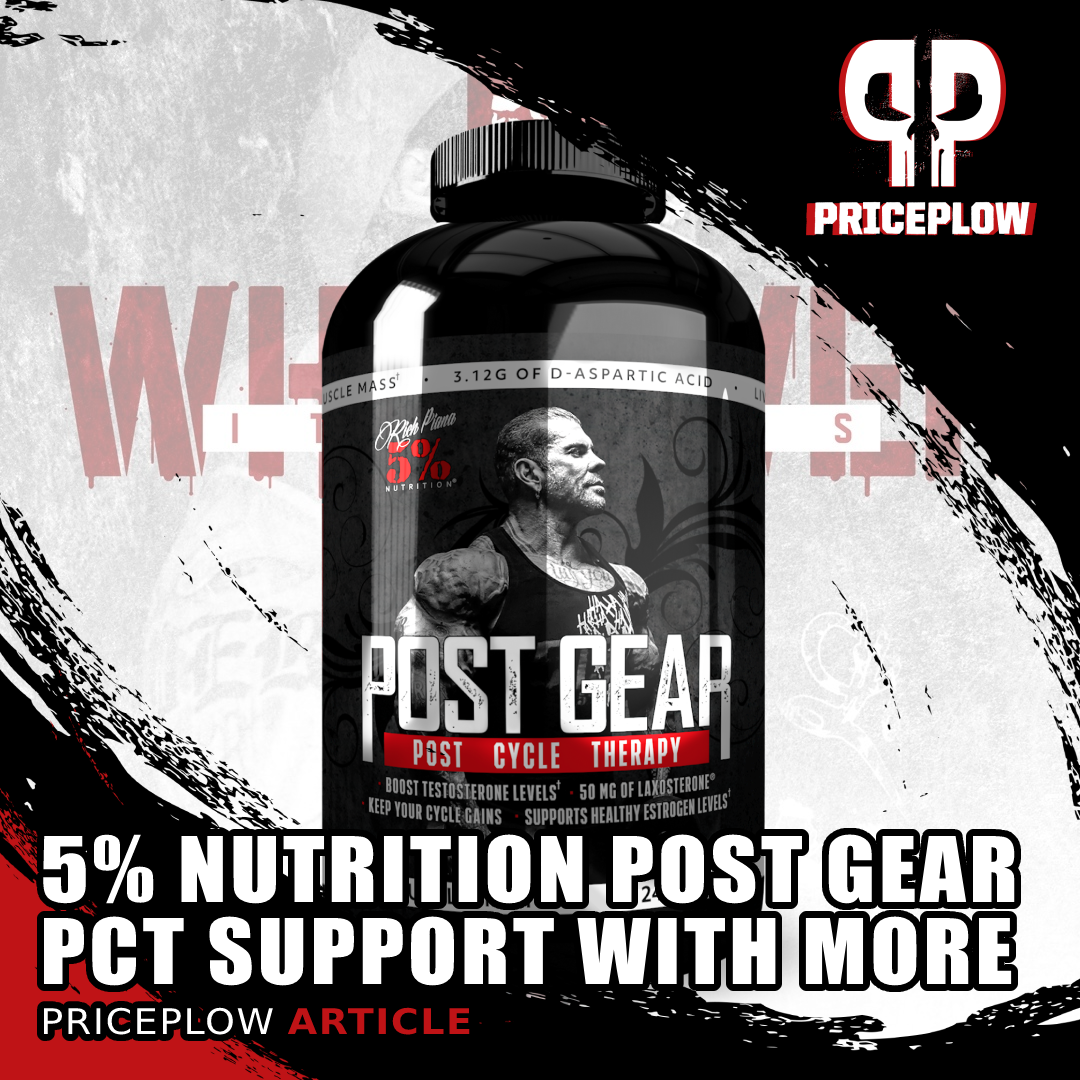

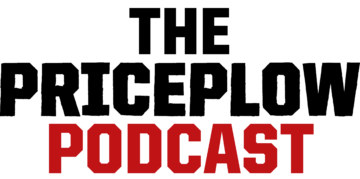
Comments and Discussion (Powered by the PricePlow Forum)